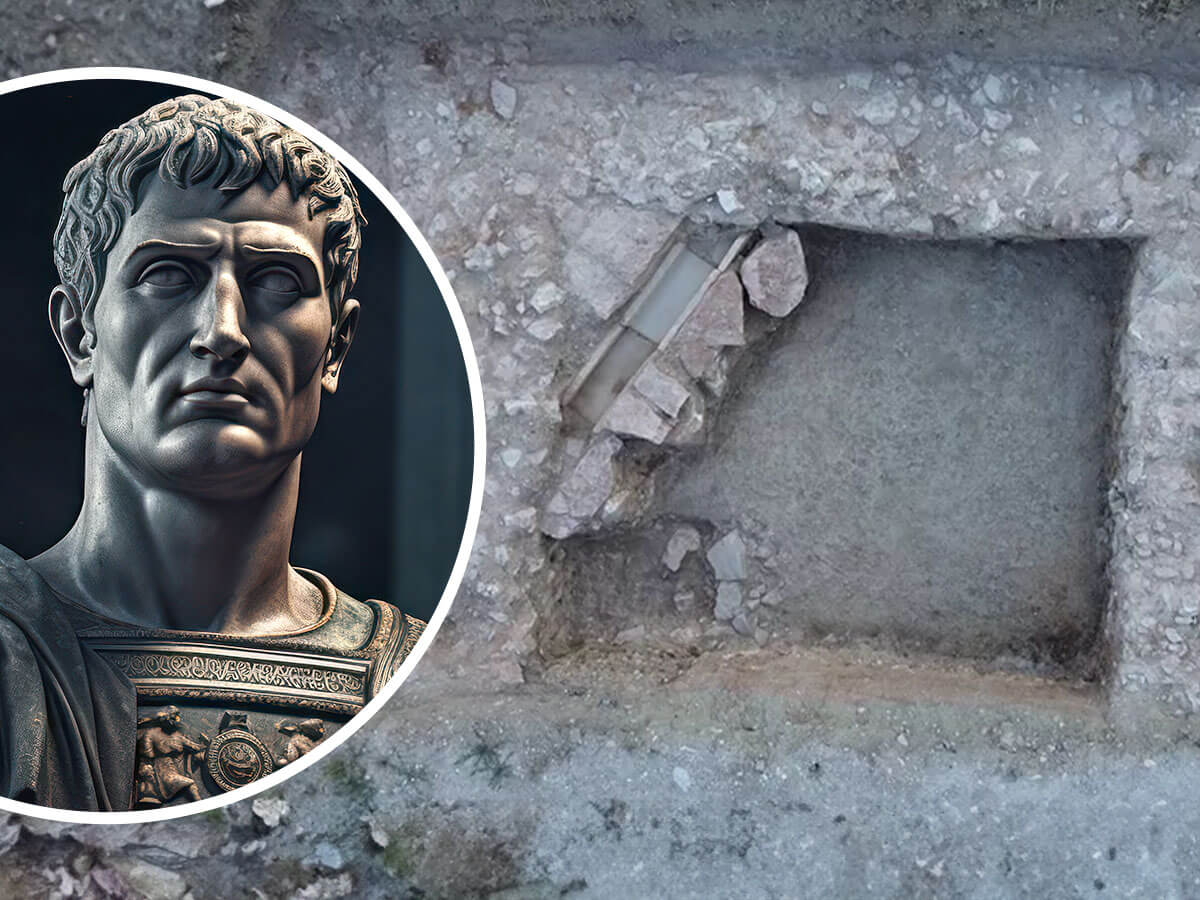
A newly discovered pagan temple found beneath the streets of Italy may offer new insights to the current understanding of Rome’s Christian conversion. The find was announced at the annual Archeological Institute of America meeting by Douglas Boin, Ph.D., of history at Saint Louis University (SLU). “We found three walls of a monumental structure that evidence suggests belonged to a Roman temple that dates to Constantine’s period. It dates to the fourth century AD and it would be a remarkable addition to the landscape of this corner of Italy,” Boin announced. Boin said the find “will significantly aid in the understanding of the ancient town, the ancient townscape and city society in the later Roman Empire” as it displayed the transition of Roman pagan culture to Christianity.
The temple was found in the ancient town of Spello. Boin was inspired to search the area based on a rescript of a letter from the Roman emperor Constantine to the people of the town regarding a religious holiday. According to the letter, Constantine permitted the celebration so long as the townspeople agreed to construct a temple to honor Constantine’s ancestors, the Flavians. It was part of the practice of the imperial cult, which deified ancestors of the imperial family. Boin’s team first used underground imaging to see if there were any ruins to investigate. After several weeks, the team received some promising images beneath a parking lot. They then began digging. “What happens [next] is pretty much the most terrifying professional experience I’ve ever had. For about two hours that morning, the machinery and my team did not find anything, so things [were] getting a little tense,” Boin told St. Louis on the Air. Fortunately for the team, they noticed the dirt begin to change color, a sign of something ancient, and then the three walls were eventually unearthed.
According to Boin, the find shows that despite Constantine being known as the first Christian emperor of Rome, the empire’s conversion to Christianity was less than instant. Christianity wouldn’t become the official religion of Rome until 70 years after Constantine when the Roman Emperor Theodosius came into power. “There was a remarkable religious continuity between the Roman world and the early Christian world. Things didn’t change overnight,” said Boin. “There’s evidence from other places throughout the Roman world that Christian rulers supported imperial cult practices. We’ve known that pagans worshiped at their temples in the fourth century, but those findings have all been small and inconsequential. And we’ve known that Christians supported the imperial cult, and we’ve known that without any sense of where it would have happened.” He said the temple discovery bridged those two concepts. “Any study of the imperial cult in the fourth century Roman Empire is now going to have to take account of this temple, which is an incredible discovery to make.”
